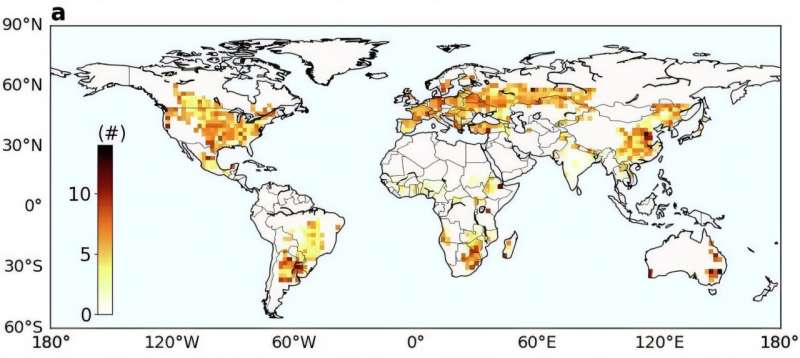The NEO robot, a new product from the Palo Alto-based startup 1X, is set to revolutionize home assistance, but it comes with a significant caveat. Priced at $20,000, this bipedal machine will begin shipping in March 2026. While it promises to alleviate household chores, the robot requires human operators to function, raising questions about its practicality.
Weighing 66 pounds and standing at five feet six inches, the NEO robot features a fabric covering and is available in various earthy tones like tan, gray, and dark brown. Interested customers can secure a preorder for just $200, followed by a subscription fee of $499 per month or a one-time payment for ownership.
Founded by Bernt Børnich, a young entrepreneur from Norway, 1X aims to create a user-friendly alternative to the often intimidating and complex robots seen in popular media. Børnich emphasizes a vision of robotics that moves away from the “hard, dark, sci-fi future” frequently associated with the industry. Instead, NEO represents a more approachable, albeit limited, tool for everyday tasks.
Operating the NEO involves a mobile app through which users can schedule chores. A remote operator will manage the robot, meaning that while it may assist with tasks, a human will always be involved in the process. This reliance on remote workers signifies a major departure from traditional autonomous robots that promise to operate independently.
In an interview with the Wall Street Journal, Børnich acknowledged the necessity of user data for improving the product. He stated, “If we don’t have your data, we can’t make the product better.” The robot will collect data from users’ homes to enhance its artificial intelligence capabilities, with the hope that it will eventually operate more autonomously.
Despite its innovative features, experts remain skeptical about the robot’s effectiveness. Michael Hiltzik, a tech and business journalist, points out that even advanced humanoid robots struggle with basic household tasks, such as navigating environments or safely handling fragile items. This indicates that the road to fully autonomous home assistants remains long and fraught with challenges.
Critics argue that projects like NEO and Tesla’s Optimus often prioritize generating buzz and investment over practical consumer applications. While the industry has made significant advancements, particularly in industrial robotics, humanoid robots like NEO are still in the early stages of development.
For now, individuals seeking assistance with household chores may find that human help remains the most reliable option. As the robotics market continues to evolve, it is clear that the promise of fully autonomous home assistants is still a distant reality.
In conclusion, the NEO robot offers a glimpse into the future of home assistance, but its current limitations and reliance on human oversight highlight the complexities of bringing such technology into everyday life.







